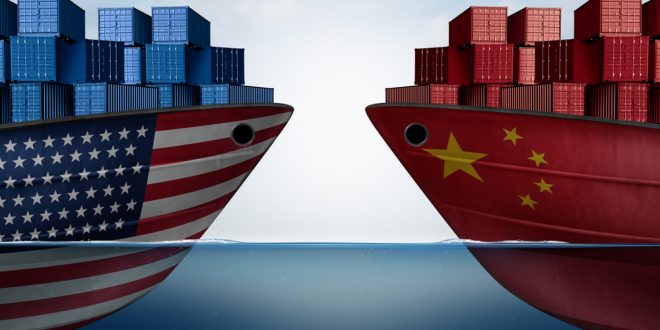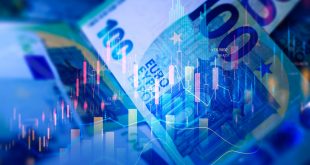China’s economy is seen as more sustainable because it is deflating its bubbles and raising productivity, while the US is doing the opposite – feeding the Bernanke bubble and hoping for an AI cure for falling productivity.
The “twin cancers” plaguing China’s economy are a property bubble plus a shadow banking system full of Ponzi schemes. Chinese labourers are among the most competitive in the world, and the government stopped feeding the beasts two years ago. China will prosper as long as its economic structure does not become overly restrictive and the world market stays open.
The twin cancers will require extensive care, and the financial hardship is only getting started. It is estimated that the losses within the shadow banking system amount to trillions of yuan, and the psychological impact of these losses has not yet completely worn off.
But as the bubble bursts, Chinese companies are shifting their attention to more practical, if less glamorous, pursuits like improving their manufacturing techniques. China’s electric vehicle industry is arguably the most significant because it has been a major contributor to global manufacturing and is far larger than the smartphone market.
Chinese businesses have the potential to take over the global auto industry in the next ten years because they are not only at the forefront but also innovate more quickly than their rivals. Historically, high-income economies have emerged from automotive-producing nations.
China might take that turn. Productivity growth will eventually spur the economy once more as long as China maintains its resistance to blowing up its bubbles. Specifically, the positive economic spiral that connects China to the rest of the Global South will be a major boost.
The bubble that former Federal Reserve chairman Ben Bernanke created in 2008 in reaction to the subprime mortgage crisis, which set off a global financial crisis, has left the US with lasting effects.
The government shouldn’t intervene to save harmful individuals when the market is attempting to purge them. Some Americans who received government bailouts later contributed to the growth of the larger bubble that now encircles the US economy.
For the past three years, US labour productivity has stagnated; it was 2.7% in the prior decade before declining to 1.6% the year before. The market is speculating that the US will enter a recession once the Federal Reserve begins lowering interest rates in the near future. But the US government is using borrowed funds the way a drunken sailor seeks out booze.
China’s 5.2% growth during the first three quarters of the current year was fueled by increased supply-side efficiency, while the US saw growth as a result of a sharp increase in its fiscal deficit relative to its gross domestic product.

 Noor Trends News, Technical Analysis, Educational Tools and Recommendations
Noor Trends News, Technical Analysis, Educational Tools and Recommendations




